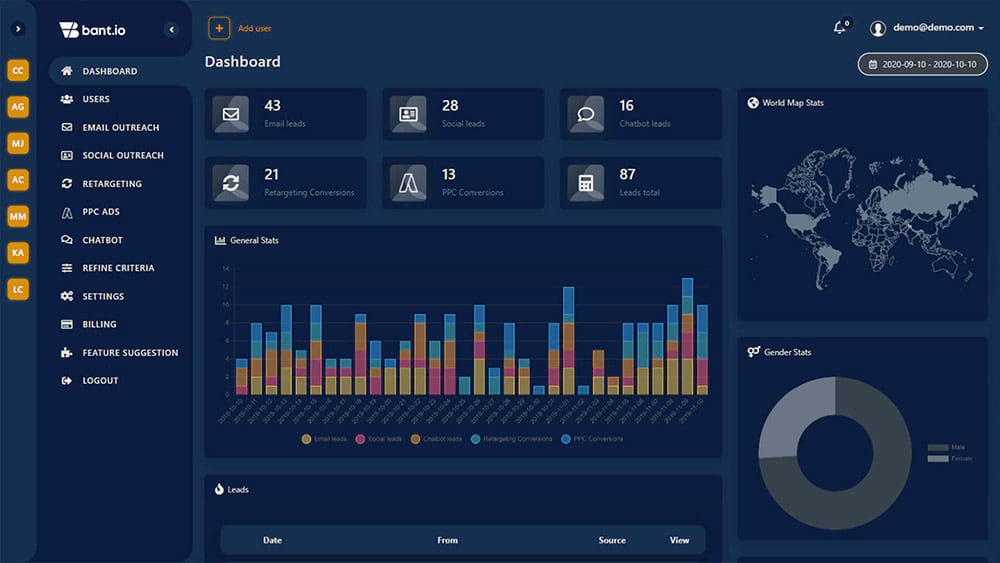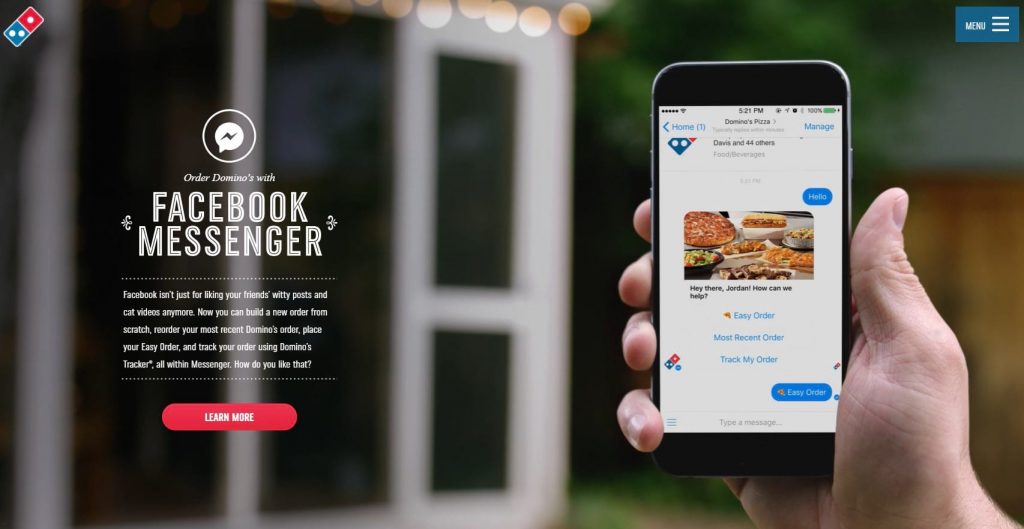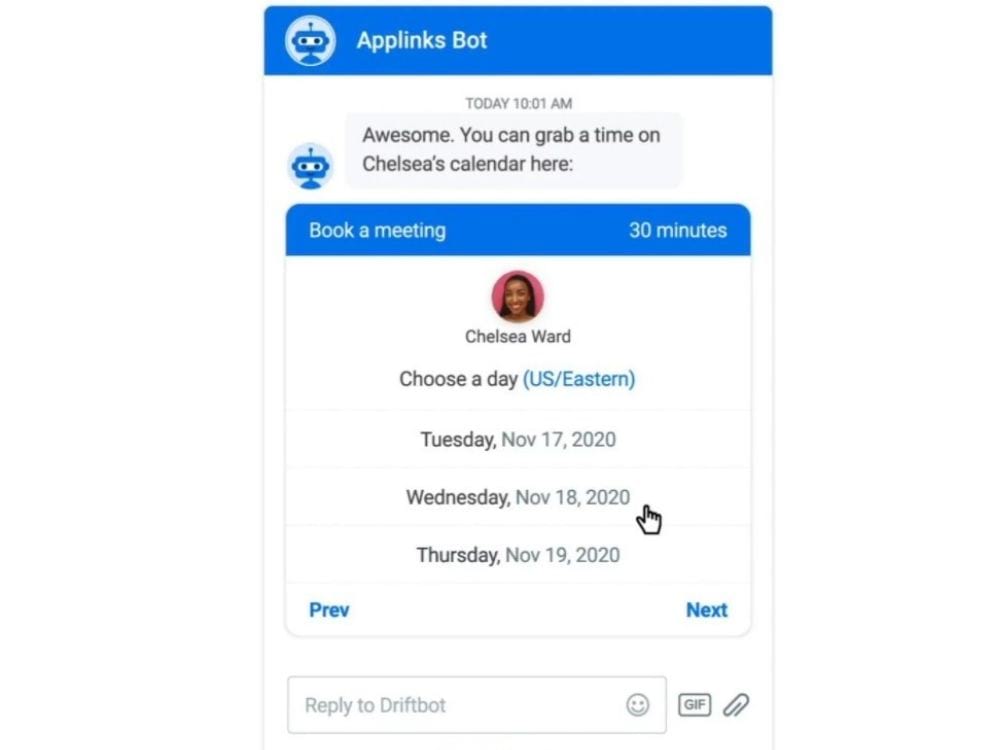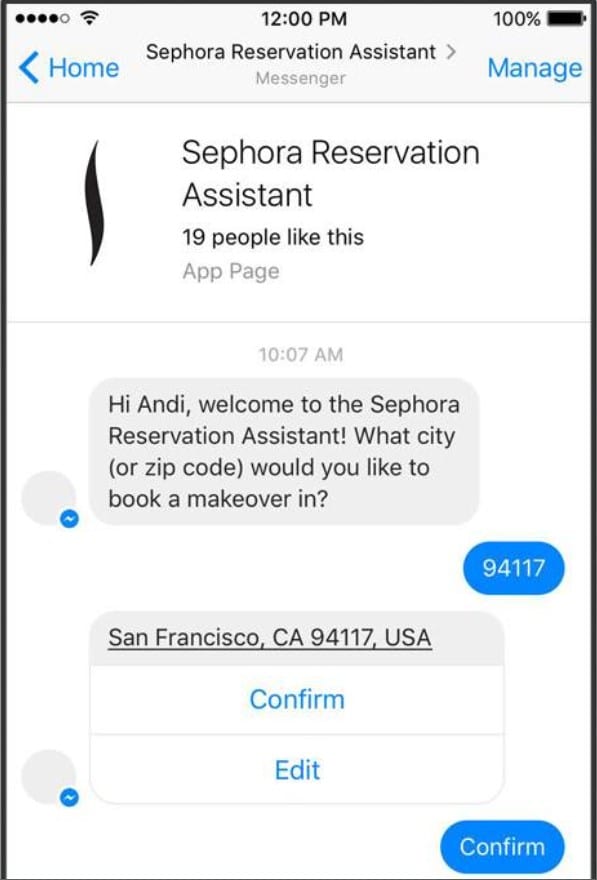Are you finding traditional marketing strategies becoming less and less effective? Whether you have a product or service, potential customers are expecting a high level of personalization and human touch in their buying journey. Which is something completely missing from traditional marketing strategies.
That’s where conversational marketing comes in. Not only does this boost conversions considerably, it shortens the sale cycle and generates a consistent stream of qualified leads for your sales reps.
If you’re looking to modernize your marketing efforts, conversational marketing is a must for any industry.
Ready to give conversational marketing a try and level up your lead gen efforts? Check out how Bant.io can help!
What is Conversational Marketing?
Conversational marketing refers to improving the customer experience through real-time conversations.
Most businesses have lead capture forms on their website that force potential customers to wait hours or even days to get a response.
Conversational marketing takes advantage of intelligent chatbots and AI to engage with people directly at different points in your sales funnels.
Most buyers expect a higher level of customization and interaction when they are thinking about making a purchase. Conversational marketing offers that direct interaction and helps convert leads much more quickly.
What Can Conversational Marketing do for Brands?

If you’re beginning to stress about the time and effort a conversational marketing strategy might be, here are some key benefits it will offer your business:
1. Learn more about your customers
Having meaningful conversations with potential customers gives great insight into their wants, needs, and reservations about your offer.
Without conversational marketing software, you’ll rely on social media or website forms to get more information about your customer base. You’ll be shocked at the level of detail a potential client will give when they get to talk to someone directly.
2. Generate warm leads
Chatbots and AI tools are also a great way to filter out only the best leads. By using a series of pre-programmed questions, conversational marketing will automatically qualify your leads, meaning you continue to build customer relationships with the right clients.
It’s disheartening to spend time and effort talking to a potential client, only to find out they were never a good fit for your product or service.
Having a conversational marketing platform takes this time-consuming step out of the sales process.
3. Create a human buying experience
No matter your product or service, customers lack a human element when buying online. Not only does this make your brand feel less trustworthy, but it also makes people more reluctant to buy.
A solid conversational marketing strategy injects a human experience into the buying process. This makes your brand feel more trustworthy, and gives potential customers more confidence to make that final buying decision.
4. Shorten your sales cycle
Traditional marketing is a relatively long process for B2B:
- A potential customer finds your social media
- Clicks through to your website
- Fills out a capture form
- Waits a few hours or days for a reply
- Your sales team follow-up and qualify the lead
- Hopefully you make a sale
Conversational marketing will almost completely cut out the wait time for potential customers. And by qualifying them in advance, your sales team is only talking to warm leads, making the sales process quicker and easier.
5. Become available 24/7
Your sales team is only available for so many hours of the day. But customers might find you at midnight or in another time zone.
Conversational marketing makes your brand available to customers any time of day, meaning you don’t miss out on clients who discover you outside of normal business hours.
Essential elements of Conversational Marketing
Don’t get overwhelmed by the idea of implementing a new marketing strategy. Conversational marketing is really just three essential elements:
- Engage
- Understand
- Recommend
- Engage more leads
The first step of conversational marketing is giving potential customers ways to engage with your brand at key points in the sales journey.
The easiest one is on your website, rather than making every lead fill out a form. An intelligent chatbot that gives your customers real-time information and answers to simple questions will increase conversions and offer a more personal experience.
- Understand what leads want
A study from the Harvard Business Review found that businesses need to reply to potential customers within five minutes of initial contact for the best chance of converting that lead. Any longer than that and chances of qualifying the lead drop by 400%.
Whether it’s after a lead signs up for your offer, hits a button on your website to learn more, or during a nurture email sequence, conversational marketing interacts with potential clients within that crucial five-minute window, no matter what time of day.
Bots can ask qualifying questions and help you understand your customers better. By the time you enter the conversation, you’ll know exactly what they want and can deliver results much fast and easier.
- Recommend the right solution
Conversational marketing makes it much easier for your sales team to recommend the perfect solutions to your customers.
They can use the information gained from your new marketing efforts to give a tailored approach to their sales call. Potential customers appreciate this personal approach and are more likely to become a customer after this.
How to get started with Conversational Marketing
That all sounds great, but where do you start? The last thing you want is to overhaul your entire marketing system and spend time implementing something new.
If you love the idea of using conversational marketing for your business but have no idea where to begin, Bant is a great option.
Bant has an email marketing module that uses conversational marketing in high-performing email sequences to boost click through rates.

The setup is incredibly simple and the email sequences are completely automated, meaning you can take advantage of conversational marketing with almost zero input from you.
Rather than overhauling your entire marketing strategy, this is a clever add-on that will boost your conversion rates using a channel you already have in place.
Conversational Marketing in Email Campaigns
Whereas bant.io uses conversational marketing to generate a stream of warm leads, exceed.ai takes over the next step of the process and nurtures those leads using conversational marketing.
Exceed are pros at email marketing strategies that get results, and by incorporating conversational marketing, they help put your brand ahead of the competition.
Using AI-driven conversations, Exceed takes warm leads and converts them into paying customers.
Although totally customized and personalized, Exceed makes this next step of the process automatic, giving you more time to spend on delivering a great product or service to a stream of new customers.
How to implement a Conversational Marketing strategy
As well as email marketing, conversational marketing can be implemented in other areas including:
- Customer feedback
- Support
- Sales
- Lead generation
Use messaging apps at high traffic areas
All it involves is incorporating some level of responsive chat at different points in your marketing efforts.
Think about your most popular touch points in your business. Whether this is your social media, your email marketing, or your website forms.
Wherever you find your customers reaching out most, think about implementing either live chat or an AI chatbot to take advantage of conversation marketing.
Answer FAQs
What questions do customers persistently ask? Set up automated responses to these in the chatbot so customers can get instant answers.
Also include some information about your brand, your services, and any other information that will keep your lead engaged.
Set up bookings
You can also connect chatbots to your booking system which will allow potential customers to set up discovery calls or consultations with your sales team automatically.
Your sales team will find life much easier when they wake up to a full calendar, and customers will feel well looked after.
How do I measure the effectiveness of conversational marketing?

Once you’ve implemented conversational marketing in your sales process, it’s important to track progress to make sure you’re seeing results. Here are some ways to do that:
- Is your sales cycle shorter?
A key indicator of successful conversational marketing is a shorter sales cycle. Make note of the length of your current sales cycle and compare this once you’ve implemented conversion marketing strategies.
Leads should be qualified much quicker, giving a significantly shorter sales cycle and quicker sale.
If you’re not seeing a shorter sales cycle, your conversational marketing strategies may be implemented in the wrong places in the customer journey.
- Has your NPS increased?
Your Net Promoter Score is the likelihood a customer would recommend your product or service. This varies widely depending on region and industry, but if you’re already tracking your NPS, you should see this increase with conversational marketing.
Customers are much happier with a personalized service, and are more likely to recommend a brand that has conversational marketing as a core sales strategy.
- Has your customer acquisition cost decreased?
With a quicker sales cycle and better conversion rates, your customer acquisition cost should also decrease over time. Keep track of this and if it’s decreasing, your conversational marketing efforts are paying off.
Conversational Marketing Examples
Conversational marketing is growing in popularity and some brands are implementing it incredibly well:
- Domino’s
Dominos is a great example of how easy it can be to implement conversation marketing. Customers can order from them again by texting a pizza emoji.
Not only does this make the buying process incredibly easy, it speaks to their younger audience and interacts with them where they already are – texting their friends.

- Drift
Drift uses conversational marketing to allow people to schedule meetings with sales reps. The chatbot includes the name of the sales rep and a picture, making the process feel very human-like while giving the potential customer all the control over the interaction.

- Sephora
Conversational marketing is the perfect sales strategy on social media, which is already a conversational platform.
Sephora lets customers book appointments automatically through Facebook Messenger and takes advantage of geolocation to help customers choose the right store.

- Casper
Casper sells mattresses, and they created a very intelligent chatbot for people to text when they can’t sleep. This ties into their product, makes the brand feel very human, and allows them to reach their target customers – people who need better beds.

Get started with conversational marketing
One of the easiest and most effective ways to get started with conversational marketing is email campaigns. Adding a real-time conversation element to your email strategy will shorten your nurture process and help increase conversion rates.
And since you already have email campaigns up and running, it’s as simple as making some easy tweaks to take advantage of this incredibly effective marketing strategy.
Not getting great results from your current email nurture sequences? One crucial factor to the success of your email campaign is the subject line. Learn how to write click-worthy B2B subject lines with our guide here.

